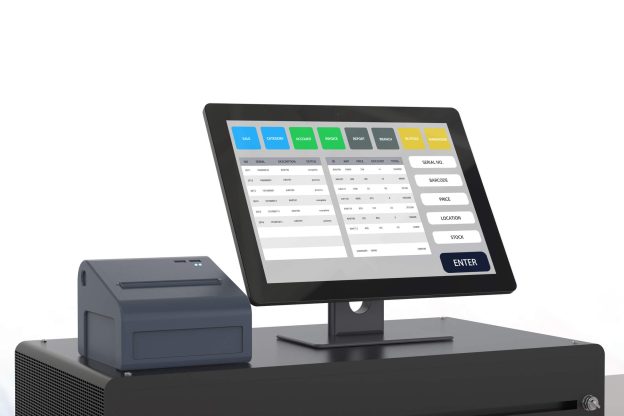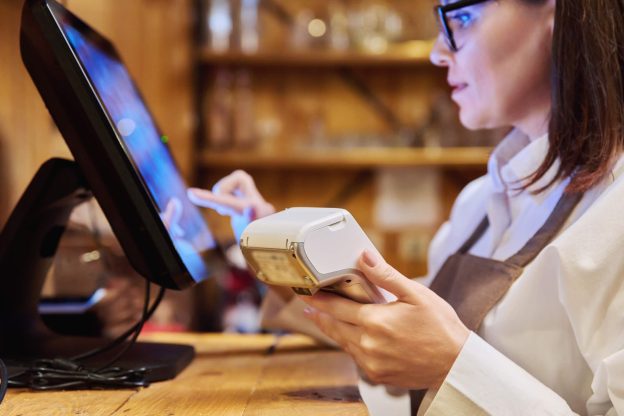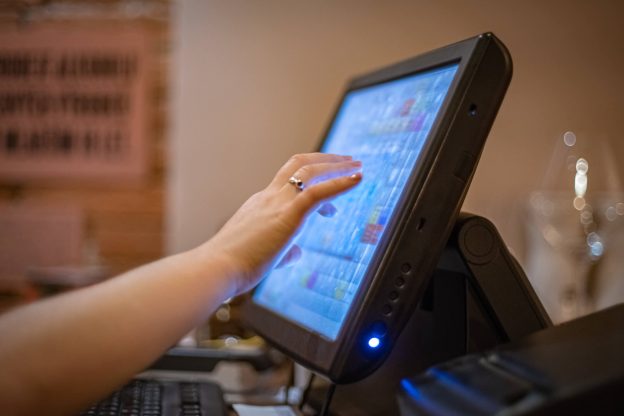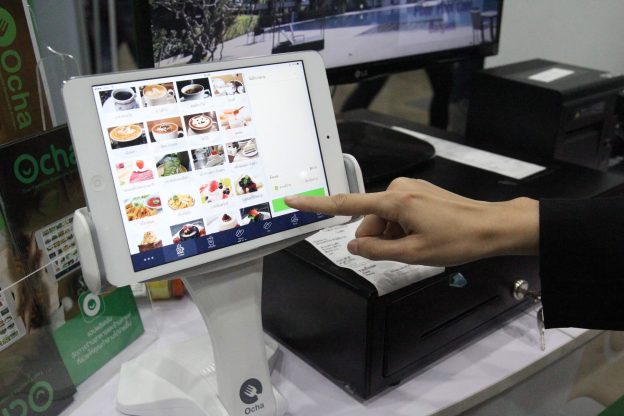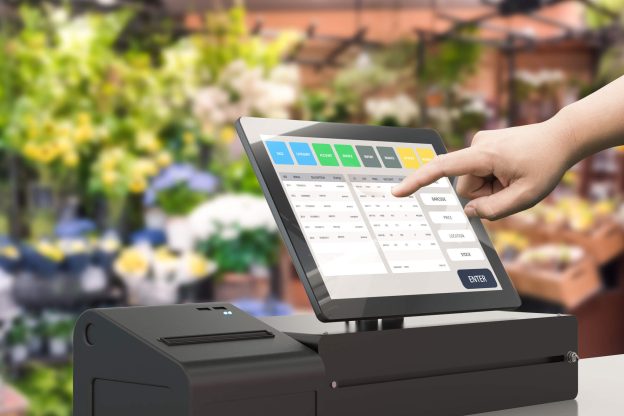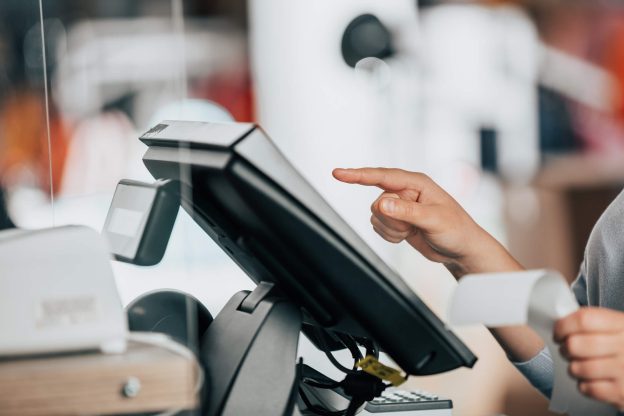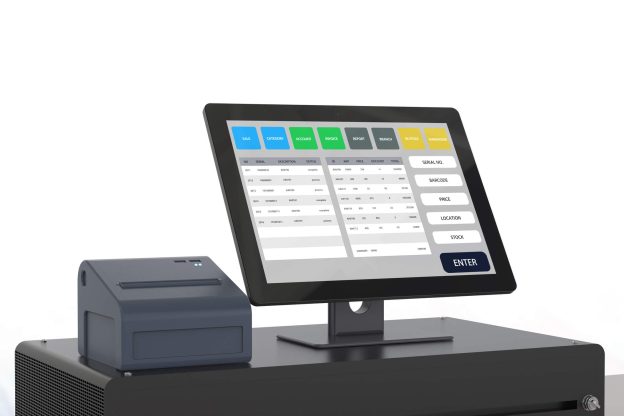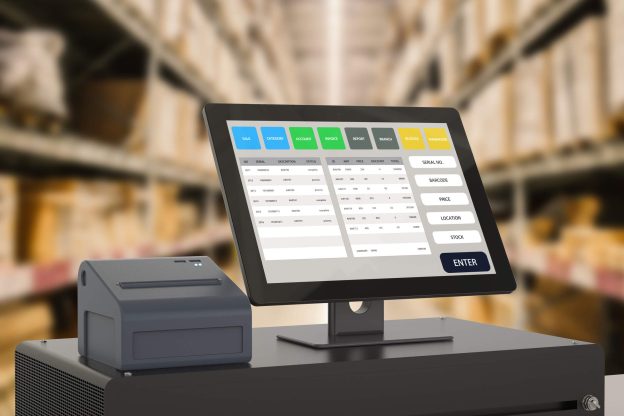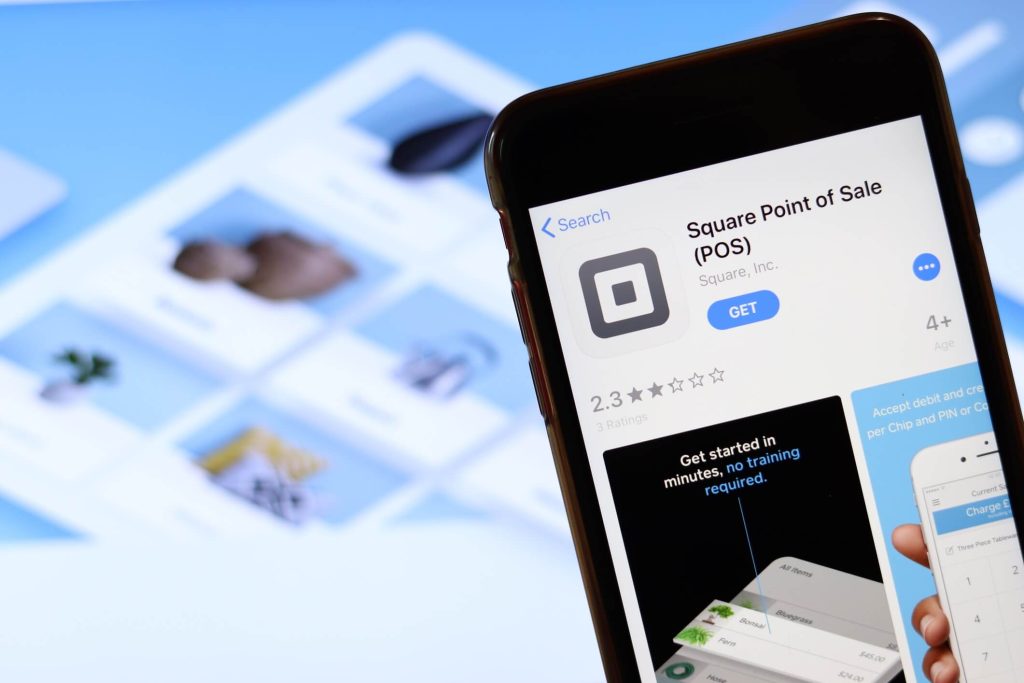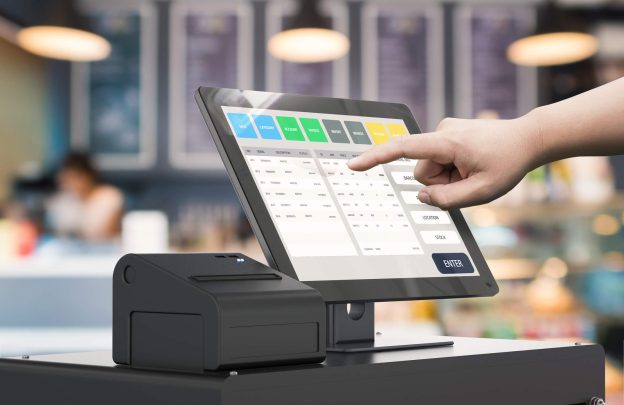In today’s digital age, businesses are constantly seeking ways to streamline their operations and improve efficiency. One area where this is particularly important is in the realm of point of sale (POS) systems. Traditional POS systems, which rely on on-premise hardware and software, can be costly and time-consuming to maintain. This is where cloud-based POS systems come into play.
What is a Cloud Based POS System?
A cloud-based POS system is a software solution that allows businesses to manage their sales and inventory in real-time through an internet connection. Unlike traditional POS systems, which require physical servers and on-site software installations, cloud based POS systems operate entirely in the cloud. This means that all data is stored and processed on remote servers, accessible through the internet.
Cloud-based POS systems offer a range of benefits over traditional systems, including increased flexibility, scalability, and cost-effectiveness. With a cloud based POS system, businesses can access their sales and inventory data from anywhere, at any time, using any device with an internet connection.
Benefits of Using a Cloud Based POS System
There are several key benefits to using a cloud-based POS system. Firstly, cloud-based systems are highly flexible and scalable. Businesses can easily add or remove users, locations, and features as their needs change, without the need for additional hardware or software installations.
Secondly, cloud based POS systems offer increased accessibility. With a cloud-based system, businesses can access their sales and inventory data from anywhere, at any time, using any device with an internet connection. This allows for greater mobility and flexibility in managing operations.
Another major advantage of cloud based POS systems is cost-effectiveness. Traditional POS systems often require significant upfront investments in hardware and software licenses. In contrast, cloud-based systems typically operate on a subscription-based model, with lower upfront costs and predictable monthly fees.
Components of a Cloud Based POS System
A cloud-based POS system consists of several key components, including hardware requirements, software requirements, and integration with other systems.
Hardware Requirements for a Cloud Based POS System
One of the major advantages of cloud-based POS systems is that they require minimal hardware. In most cases, all that is needed is a device with an internet connection, such as a computer, tablet, or smartphone. Some businesses may choose to use additional hardware, such as barcode scanners or receipt printers, but these are optional and not essential for the system to function.
Software Requirements for a Cloud Based POS System
The software requirements for a cloud based POS system are also minimal. Businesses will need to choose a cloud-based POS software provider and sign up for a subscription plan. The software provider will typically provide access to a web-based dashboard, where businesses can manage their sales, inventory, and other aspects of their operations.
Integration with Other Systems
Cloud-based POS systems can also integrate with other systems, such as accounting software, e-commerce platforms, and customer relationship management (CRM) systems. This allows for seamless data transfer and synchronization between different systems, reducing the need for manual data entry and improving overall efficiency.
How Does Data Storage and Security Work in a Cloud Based POS System?
Data storage and security are critical considerations for any business, especially when it comes to sensitive customer and financial information. Cloud based POS systems employ various measures to ensure the security and integrity of data.
Data Storage in the Cloud
In a cloud-based POS system, all data is stored on remote servers, often referred to as the “cloud.” These servers are typically owned and maintained by the software provider or a third-party hosting company. The data is stored in a secure and encrypted format, ensuring that it cannot be accessed or tampered with by unauthorized individuals.
Security Measures in a Cloud Based POS System
Cloud-based POS systems employ a range of security measures to protect data. These measures may include encryption, firewalls, intrusion detection systems, and regular security audits. Additionally, cloud-based systems often have built-in backup and disaster recovery processes to ensure that data is not lost in the event of a system failure or cyber attack.
Backup and Recovery Processes
Cloud based POS systems typically have robust backup and recovery processes in place. This means that even if a hardware failure or other issue occurs, businesses can quickly restore their data and resume operations. Backup processes may involve regular automatic backups to remote servers, as well as the ability to manually initiate backups at any time.
Understanding the Communication Process in a Cloud Based POS System
Communication is a crucial aspect of any POS system, and cloud-based systems are no exception. A cloud-based POS system relies on seamless communication between the POS terminal and the cloud server, as well as between the cloud server and other systems.
Communication between the POS Terminal and the Cloud Server
When a transaction is initiated at the POS terminal, such as scanning a barcode or entering a sale amount, the data is sent to the cloud server for processing. This communication typically occurs over an internet connection, either through a wired or wireless network. The cloud server then processes the transaction and sends the relevant information back to the POS terminal, such as a receipt or confirmation message.
Communication between the Cloud Server and Other Systems
Cloud-based POS systems can also communicate with other systems, such as accounting software or e-commerce platforms. This allows for seamless data transfer and synchronization between different systems, reducing the need for manual data entry and improving overall efficiency. For example, when a sale is made in the POS system, the relevant data can be automatically sent to the accounting software to update financial records.
Managing Inventory and Sales with a Cloud Based POS System
One of the key functions of a POS system is to manage inventory and track sales. Cloud based POS systems offer several features and capabilities to streamline these processes.
Real-time Inventory Management
Cloud-based POS systems provide real-time inventory management, allowing businesses to track stock levels and make informed purchasing decisions. When a sale is made, the system automatically updates the inventory count, ensuring that businesses have accurate and up-to-date information on their stock levels at all times. This helps to prevent stockouts and overstocking, improving overall efficiency and customer satisfaction.
Sales Tracking and Reporting
Cloud-based POS systems also offer robust sales tracking and reporting capabilities. Businesses can generate detailed reports on sales performance, including metrics such as total sales, average transaction value, and top-selling products. These reports can be accessed in real-time through the web-based dashboard, providing businesses with valuable insights into their operations and helping them make data-driven decisions.
Customer Relationship Management in a Cloud Based POS System
Customer relationship management (CRM) is an essential aspect of any business, and cloud-based POS systems offer several features to help businesses manage and engage with their customers.
Customer Data Collection and Analysis
Cloud-based POS systems allow businesses to collect and analyze customer data, such as purchase history, preferences, and contact information. This data can be used to personalize the customer experience, send targeted marketing campaigns, and improve overall customer satisfaction. For example, businesses can use the data to send personalized offers or recommendations based on a customer’s past purchases.
Loyalty Programs and Customer Engagement
Cloud-based POS systems often include built-in loyalty program features, allowing businesses to reward and incentivize their customers. Customers can earn points or discounts for their purchases, which can be redeemed for future purchases. These loyalty programs help to foster customer loyalty and encourage repeat business.
Integration with Payment Gateways and Financial Systems
Cloud-based POS systems can seamlessly integrate with payment gateways and financial systems, allowing businesses to accept different payment methods and streamline their financial processes.
Accepting Different Payment Methods
Cloud-based POS systems support a wide range of payment methods, including credit cards, debit cards, mobile payments, and even cryptocurrencies. Businesses can choose the payment methods that are most convenient for their customers and easily process transactions through the POS system. This eliminates the need for separate payment terminals or manual reconciliation of payments.
Integration with Accounting and Financial Software
Cloud-based POS systems can also integrate with accounting and financial software, such as QuickBooks or Xero. This integration allows for seamless transfer of sales and financial data, reducing the need for manual data entry and improving overall accuracy. For example, when a sale is made in the POS system, the relevant data can be automatically sent to the accounting software to update financial records.
Frequently Asked Questions (FAQs)
Q.1: What is the difference between a cloud-based POS system and a traditional POS system?
A cloud-based POS system operates entirely in the cloud, with data stored and processed on remote servers. In contrast, a traditional POS system relies on on-premise hardware and software installations.
Q.2: Can a cloud-based POS system work offline?
Some cloud-based POS systems offer offline functionality, allowing businesses to continue processing transactions even when there is no internet connection. Once the internet connection is restored, the system will automatically sync the data with the cloud server.
Q.3: Is a cloud-based POS system secure?
Cloud-based POS systems employ various security measures, such as encryption and firewalls, to protect data. Additionally, regular security audits and backup processes help ensure the security and integrity of data.
Q.4: Can a cloud-based POS system integrate with other systems?
Yes, cloud-based POS systems can integrate with other systems, such as accounting software, e-commerce platforms, and CRM systems. This allows for seamless data transfer and synchronization between different systems.
Q.5: How much does a cloud-based POS system cost?
The cost of a cloud-based POS system varies depending on the provider and the features included. Most cloud-based POS systems operate on a subscription-based model, with monthly fees ranging from a few dollars to a few hundred dollars, depending on the size and needs of the business.
Conclusion
In conclusion, a cloud-based POS system offers numerous benefits over traditional POS systems, including increased flexibility, scalability, and cost-effectiveness. With a cloud-based POS system, businesses can manage their sales and inventory in real-time, from anywhere, at any time.
The system relies on seamless communication between the POS terminal and the cloud server, as well as integration with other systems such as accounting software and payment gateways. Data storage and security are critical considerations, and cloud-based POS systems employ various measures to ensure the security and integrity of data. Overall, a cloud-based POS system is a powerful tool for businesses looking to streamline their operations and improve efficiency in today’s digital age.

